- Home
- Classes
- Physics 150 – Nuclear Weapons – Physics, Policy, Proliferation – Fall 2025
- Physics 134 – Observational Astrophysics – Fall 2025
- Astro 1 Spring 2024
- INT 86TN Planetary Defense – Spring 2024
- Symmetry & Aesthetics in Contemporary Physics
- Physics 128 – Senior Lab – Winter 2026
- INT 184 – PL Interdisciplinary Honors Seminar – Weapons of Mass Destruction – Spring 2013
- Physics 150 – Modern Design and Fab – Fall 2019
- Physics 4 – Winter 2023
- Physics 141 – Optics – Spring 2019
- Physics 145L – Astrophysics Research
- Physics 199 – Independent Research
- Projects
- Interdisciplinary Center for Interstellar Exploration (iC)
- NASA Watts on the Moon
- Extrasolar Travelers
- CMB-S4 – Ground Based CMB Cosmology Program
- Wafer Scale Spacecraft
- PI-Multimodal Planetary Defense
- Lunar Rover Project
- DE-STAR
- Starlight
- GreenPol – CMB Cosmology
- PLANCK
- Starshot
- SETI
- Small Projects
- Previous Projects
- Facilities
- People
- Net
- Outreach
- Media Links
- NASA Space Grant Student Scholarships
- Bright Stars – VoH
- ARC – Undergraduate Aerospace Research Coop
- POINT – Undergraduate Physics Organization for Innovation and Technology
- All Sky Camera Project
- Education and Public Outreach
- Gaucho Rocket Project
- Undergrad Research Opportunities
- The Space Race
- Misc
- Papers
Undergraduate Researchers
More than 900 undergraduate researchers have worked in our lab over the 30 years since we came to UCSB. There are many opportunities for undergraduates to get involved in serious research, and publish papers in professional journals before they graduate. Here are some of our recent graduates and current undergraduate researchers:
Jonathan Madajian (Class of 2018) Electrical Engineering, College of Engineering. Lab Manager. |
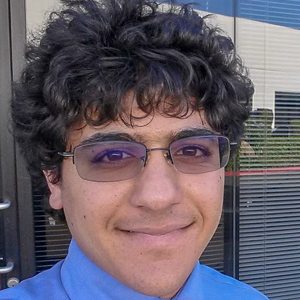 |
Alexander “Sasha” Cohen (Class of 2019) Physics Department, College of Letters & Sciences. |
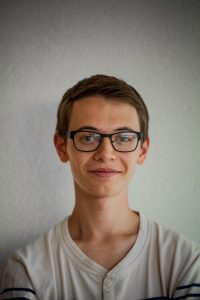 |
Jessie Su (Class of 2019) Physics Department, College of Letters & Sciences. |
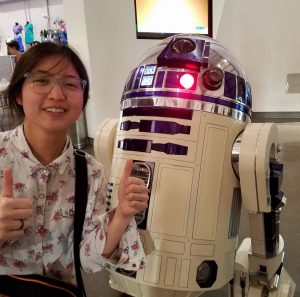 |
Roert Salazar (Class of 2018) Physics and Environmental Science, double major, College of Letters & Sciences. |
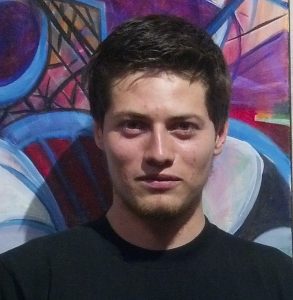 |
Harry She (Class of 2018, University of Aukland, New Zealand). Bachelor of Engineering (Honors) specialized in Software Engineering and Bachelor of Science majoring in Physics. |
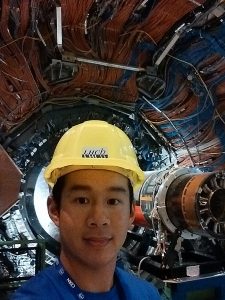 |
Noah Polek-Davis (Class of 2018) Dept. of Geological Sciences, Climate and Environment Emphasis |
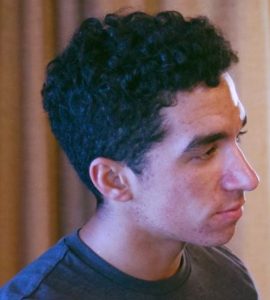 |
| Other members of the Lab Crew | 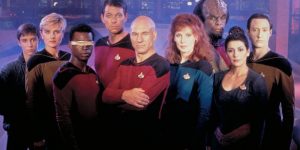 |